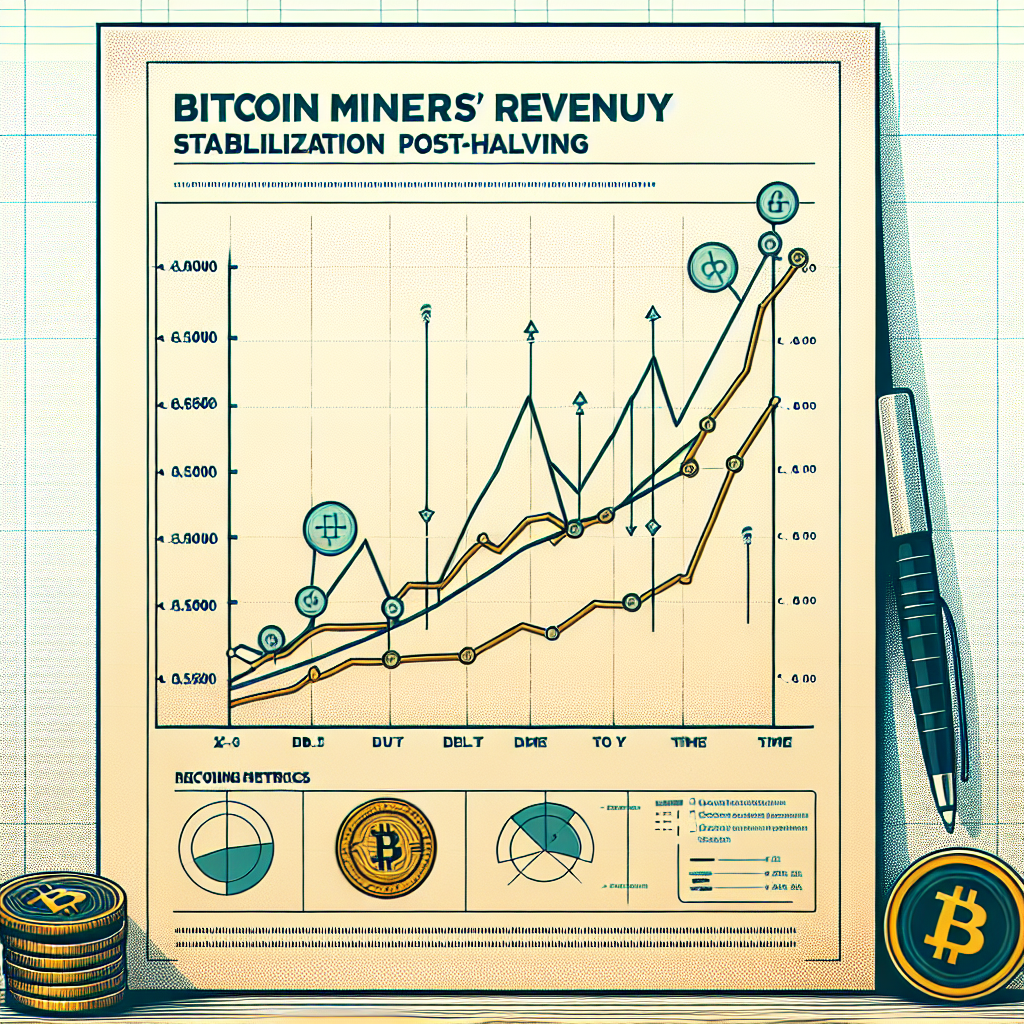
Global Leaders Convene for Climate Summit: Key Takeaways from April 8, 2025
On April 8, 2025, global leaders gathered in Geneva, Switzerland, for a pivotal climate summit aimed at addressing the escalating climate crisis and reinforcing international commitments to sustainability. The summit brought together representatives from over 100 nations, including heads of state, environmental experts, and influential policymakers, all united by the urgent need to accelerate global climate action.
During the opening session, United Nations Secretary-General Maria Fernandez emphasized the critical importance of immediate and coordinated international efforts. She highlighted recent scientific reports indicating that global temperatures are rising faster than previously anticipated, underscoring the necessity for swift and decisive action. Fernandez urged participating nations to set ambitious targets and commit to concrete measures that would significantly reduce greenhouse gas emissions by 2030.
In response to this call, several countries announced enhanced climate pledges designed to accelerate their transition to renewable energy sources. Notably, Germany committed to achieving carbon neutrality by 2040, ten years earlier than its previous target. Chancellor Anna Schmidt outlined a comprehensive plan involving substantial investments in renewable energy infrastructure, electric transportation, and sustainable agriculture practices. Similarly, India unveiled an ambitious initiative to triple its solar energy capacity within the next five years, aiming to significantly reduce its reliance on coal-based power generation.
The summit also addressed the critical issue of climate finance, recognizing that developing nations require substantial financial support to implement effective climate mitigation and adaptation strategies. Leaders from wealthier nations pledged increased funding to assist vulnerable countries in coping with climate-related impacts. The United States, represented by President Emily Carter, announced a significant increase in its climate finance contributions, pledging an additional $10 billion annually to support climate resilience projects in developing regions. This announcement was met with widespread approval, as it signaled a renewed commitment from developed nations to fulfill their financial obligations under international climate agreements.
Another key topic discussed at the summit was the importance of international collaboration in technological innovation. Leaders acknowledged that advancements in clean energy technologies, carbon capture methods, and sustainable agriculture practices are essential for achieving global climate goals. To facilitate this, a new international partnership was established, bringing together governments, private sector entities, and research institutions to accelerate the development and deployment of innovative climate solutions. This collaborative initiative aims to share knowledge, resources, and expertise, ensuring that technological advancements benefit all nations, particularly those most vulnerable to climate change.
Throughout the day’s discussions, youth activists and environmental organizations maintained a visible presence, advocating for stronger commitments and greater accountability from world leaders. Their voices served as a powerful reminder of the urgency and moral responsibility inherent in addressing climate change. In response, summit participants acknowledged the importance of transparency and accountability, agreeing to establish a robust monitoring framework to track progress toward climate targets and ensure that commitments translate into tangible actions.
As the summit concluded, participants expressed cautious optimism regarding the outcomes achieved. While recognizing that significant challenges remain, leaders reaffirmed their collective determination to confront the climate crisis through sustained international cooperation and decisive action. The commitments made during this summit represent a critical step forward, signaling a renewed global resolve to safeguard the planet for future generations.
Tech Innovations Unveiled Today: Highlights from April 8, 2025

Today marked an exciting day in the technology sector, as several groundbreaking innovations were unveiled, promising significant impacts across various industries. Leading technology companies showcased their latest advancements, highlighting a clear trend toward sustainability, artificial intelligence integration, and enhanced connectivity.
One of the most notable announcements came from the automotive industry, where a prominent electric vehicle manufacturer introduced its latest model featuring advanced battery technology. This new battery system promises a substantial increase in driving range, reducing charging times by nearly half compared to previous models. Furthermore, the company emphasized its commitment to sustainability by incorporating recyclable materials into the vehicle’s construction, underscoring the industry’s ongoing shift toward environmentally responsible practices.
In parallel, advancements in artificial intelligence took center stage, with several tech giants revealing sophisticated AI-driven platforms designed to streamline business operations and enhance user experiences. A leading software firm demonstrated an AI-powered analytics tool capable of predicting market trends with unprecedented accuracy, potentially revolutionizing decision-making processes across financial sectors. Additionally, another major technology company introduced an AI assistant that seamlessly integrates into workplace environments, automating routine tasks and significantly boosting productivity. These innovations highlight the growing reliance on artificial intelligence to optimize efficiency and effectiveness in professional settings.
Connectivity also emerged as a key theme during today’s announcements, as telecommunications companies unveiled next-generation network technologies aimed at improving global communication infrastructure. A major telecom provider announced the successful deployment of its latest satellite constellation, designed to deliver high-speed internet access to remote and underserved regions worldwide. This development represents a significant step forward in bridging the digital divide, ensuring equitable access to information and resources for communities previously isolated from reliable connectivity.
Moreover, advancements in wearable technology were prominently featured, with new devices offering enhanced health monitoring capabilities. A leading consumer electronics company introduced a smartwatch equipped with advanced biometric sensors capable of detecting early signs of health issues, such as irregular heart rhythms and elevated stress levels. This innovation underscores the increasing role of technology in proactive healthcare management, empowering individuals to monitor their well-being more effectively and seek timely medical intervention when necessary.
In addition to these developments, virtual reality technology continued to evolve, with companies showcasing immersive experiences designed for both entertainment and professional applications. A prominent VR developer unveiled a platform that enables realistic virtual collaboration, allowing remote teams to interact seamlessly in shared digital environments. This advancement has significant implications for remote work, education, and training, offering new possibilities for collaboration and engagement across geographical boundaries.
Collectively, today’s announcements reflect a broader trend toward technological innovation aimed at addressing contemporary challenges and enhancing quality of life. From sustainable transportation solutions and AI-driven productivity tools to improved global connectivity and proactive health monitoring, these advancements demonstrate the technology industry’s commitment to driving progress and shaping a more connected, efficient, and sustainable future. As these innovations continue to develop and become widely adopted, their transformative potential will undoubtedly reshape industries and redefine the way individuals interact with technology in their daily lives.
Economic Updates and Market Movements: Daily Recap for April 8, 2025
On April 8, 2025, global markets experienced notable fluctuations driven by a combination of economic data releases, corporate earnings reports, and geopolitical developments. Investors closely monitored these factors, resulting in mixed performances across major indices and sectors.
In the United States, the Dow Jones Industrial Average closed slightly higher, gaining 0.3%, while the S&P 500 and Nasdaq Composite recorded modest declines of 0.2% and 0.4%, respectively. This divergence in market performance was primarily attributed to investor caution ahead of upcoming quarterly earnings reports from major technology companies. Analysts anticipate these reports will provide clearer insights into the health of the technology sector, which has recently faced headwinds due to regulatory scrutiny and supply chain disruptions.
Meanwhile, the release of the latest U.S. employment data provided additional context for market sentiment. The Labor Department reported that nonfarm payrolls increased by 210,000 jobs in March, slightly below economists’ expectations of 225,000. Despite this modest shortfall, the unemployment rate remained steady at 3.7%, indicating continued resilience in the labor market. Investors interpreted these figures as evidence of sustained economic growth, albeit at a moderated pace, prompting speculation regarding the Federal Reserve’s next policy move. Market participants remain divided on whether the central bank will maintain its current interest rate stance or implement further tightening measures to combat persistent inflationary pressures.
In Europe, markets exhibited cautious optimism, with the FTSE 100 and Germany’s DAX index both closing marginally higher by 0.2% and 0.1%, respectively. Investor sentiment was buoyed by positive manufacturing data from Germany, which indicated a modest recovery in industrial output following several months of contraction. However, ongoing concerns surrounding energy prices and geopolitical tensions in Eastern Europe tempered investor enthusiasm. The European Central Bank (ECB) is expected to closely monitor these developments as it evaluates potential adjustments to monetary policy in the coming months.
Asian markets presented a mixed picture, reflecting regional variations in economic conditions and investor sentiment. Japan’s Nikkei 225 index rose by 0.5%, supported by strong corporate earnings reports from major exporters benefiting from a weaker yen. Conversely, China’s Shanghai Composite Index declined by 0.6%, driven by investor concerns over slowing economic growth and uncertainty surrounding regulatory policies affecting key sectors such as technology and real estate. Analysts suggest that market volatility in China may persist until clearer policy guidance emerges from government authorities.
Commodity markets also experienced notable movements, with crude oil prices rising by approximately 1.2% amid renewed concerns over supply disruptions stemming from geopolitical tensions in key oil-producing regions. Gold prices remained relatively stable, edging up slightly by 0.3%, as investors sought safe-haven assets amid ongoing market uncertainty.
In currency markets, the U.S. dollar strengthened modestly against major currencies, reflecting investor expectations of potential interest rate adjustments by the Federal Reserve. The euro and British pound both weakened slightly against the dollar, influenced by ongoing economic uncertainties and cautious investor sentiment in Europe.
Overall, the economic updates and market movements on April 8, 2025, underscored the complex interplay of economic data, corporate performance, and geopolitical factors shaping investor sentiment. Market participants will continue to closely monitor these developments, seeking clarity on future economic trends and policy directions.




